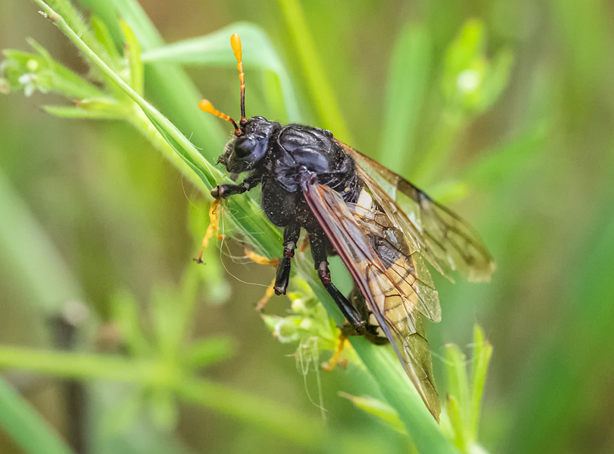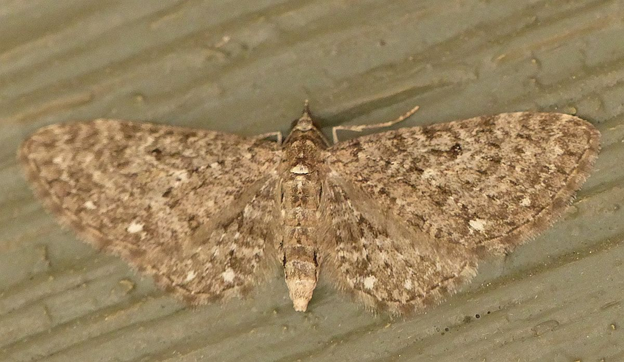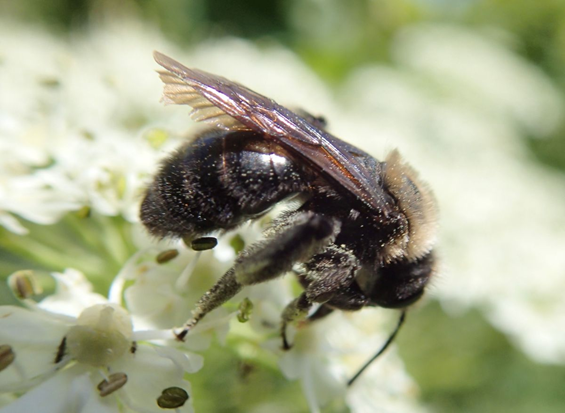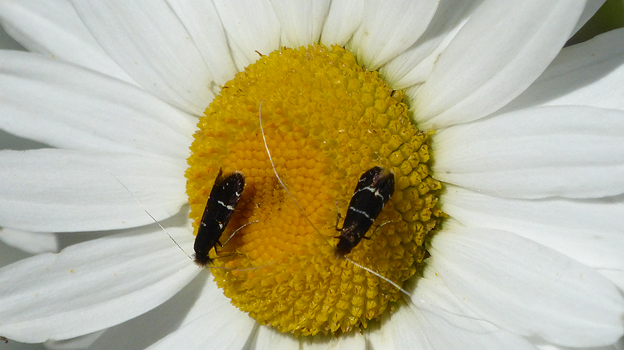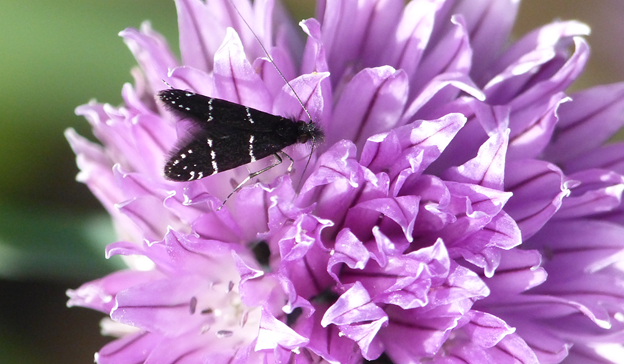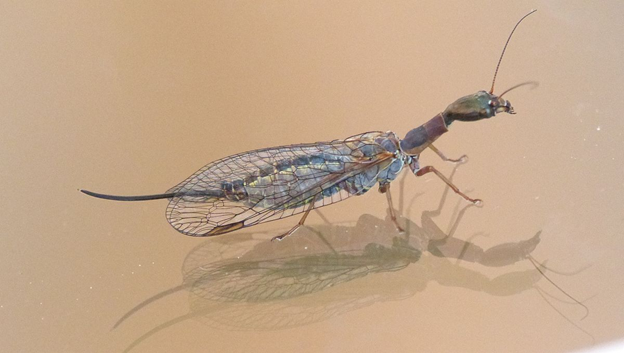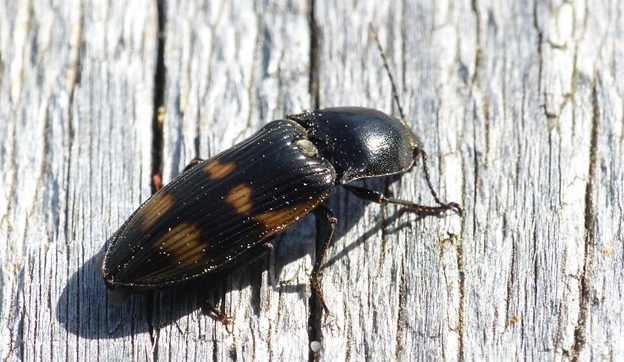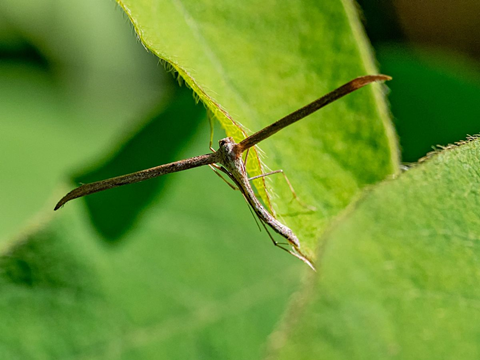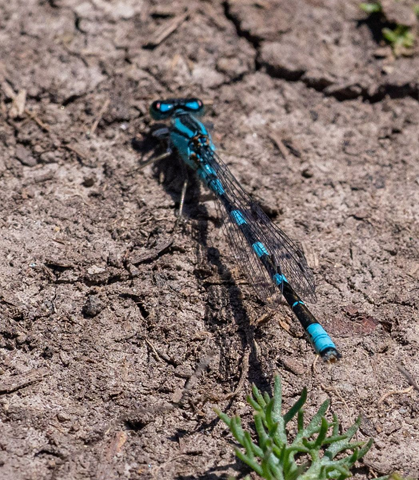2020 May 28 evening
Jeremy Tatum writes: This afternoon I went to the railway line north of Cowichan Station. It was very, very hot. Too hot, I think, even for butterflies, and certainly too hot for me. There were very few butterflies. This is what I saw: 3 Margined Whites, 1 Mylitta Crescent, 4 Western Spring Azures, 1 Red Admiral. I still haven’t seen a swallowtail this year!
I didn’t see any Western Tailed Blues. About a mile along the track, there is a big patch of Lathyrus sylvatica, which is potentially larval foodplant for the Western Tailed Blue. The flowers were nowhere near yet coming out. Perhaps two, or three, or four weeks and the flowers will be out, and there may then be Western Tailed Blues laying eggs on the calyces of the flowers
On the way back I stopped at the lupin patch at Koksilah Road and Trans-Canada Highway. I saw about 5 Silvery Blues there. While I was standing by the lupin patch and obviously looking at it carefully, I was approached by a lady who asked if she could help, which, as everyone knows, is code for: You are trespassing on my property, get off!. Actually I was just on the public side of the fence, so I didn’t need help. She told me that the lupins were spreading and they were encroaching on to her property, and she was having them all cut down and destroyed. I told her about the butterflies, and I even showed her two of them, but not, I think, to any avail. So we are about to lose that colony. That brings up again the question that Jochen asked: What can we do to stop the destruction of our butterflies?
Jochen’s moths from Metchosin this morning:
1 Adela septentrionella (in bathroom)
2 Eupithecia sp.
1 Nadata gibbosa (same as yesterday)
3 Panthea virginarius
3 Tyria jacobaeae
3 Venusia obsoleta/pearsalli
1 Peridroma saucia

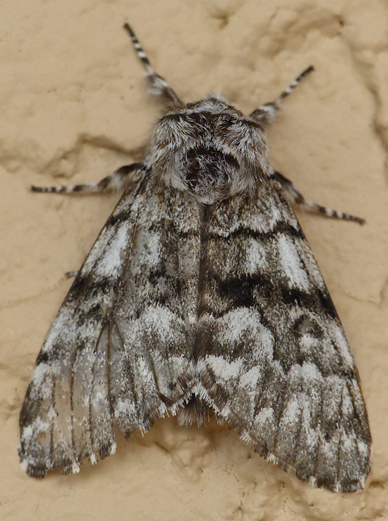
Panthea virginarius (Lep.: Noctuidae) Jochen Möhr
Libby Avis says of the next one: Markings not too clear, but looks like Peridroma saucia, which can be quite variable (although usually drab) but has that distinctive pearly underwing. [And the moth is indeed known in Britain as the Pearly Underwing. Jeremy Tatum]

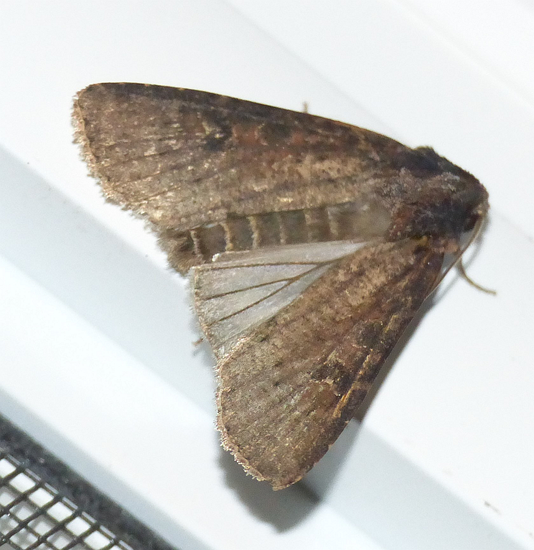
Pearly Underwing Peridroma saucia (Lep.: Noctuidae) Jochen Möhr
Jeff Gaskin writes: Kirsten Mills called me and says she found at least one Field Crescent on Stelly’s Cross Road – on some daisies and near blackberry bushes. The site is also near West Saanich Road. And she believes there’s even more of the small butterflies further in. This site is close to Eddy’s Storage.
More tomorrow – haven’t been able to post all of of today’s messages! JT.

